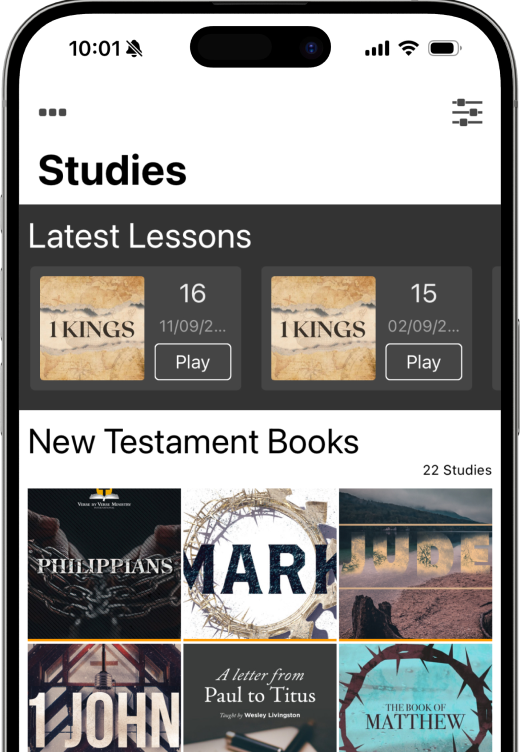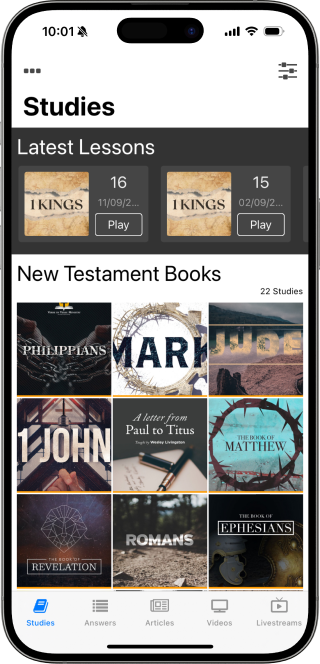In Leviticus 4:13-14,23-24 the sin offering for a leader is a ram, and for the congregation it is a young bull. However in Leviticus 9 the opposite is done. Can you clarify this for me?
The difference between Leviticus 4 and 9 is in the type of sin committed. In the case of Leviticus 4, the sacrifices are sin offerings. The greater sacrifice (i..e, the bull) is made for the congregation and the lessor sacrifice (goat) is made for the leader. These sacrifices atone for the sin of the congregation or individual under the terms of the Old Covenant. The audience for these sacrifices was the Lord Himself.
On the other hand, the sacrifices of Chapter 9 were to establish the ritual cleanliness of the first priests appointed to serve in the temple. By these sacrifices Aaron and the priests demonstrated an admission of their own sinfulness before God and the people of Israel, and so the audience for these sacrifices was both God and the people themselves.
In the case of these sacrifices, all major types of sacrificial animals are involved to illustrate that the men who serve Israel in the tabernacle are no less sinful than those they serve. Furthermore, Aaron, the High Priest, sacrifices the most valuable animal to illustrate his sin is as bad as the people’s sin, generally. It was also ironic that Aaron’s most famous sin was to make a calf idol for the people.
Notice in Chapter 9 Moses says these sacrifices would ensure Israel would see the glory of the Lord, which confirms these sacrifices were for ritual cleanliness of the priests. Until the priests recognized their own unworthiness, the Lord would not appear. This detail draws a picture of our relationship with God through Christ. Our High Priest had to identify Himself with the sin of the people through a sacrifice, before the Lord’s glory could appear.
Scripture quotations taken from the (NASB®) New American Standard Bible®, Copyright © 1995, 2020 by The Lockman Foundation. Used by permission. All rights reserved. www.lockman.org


